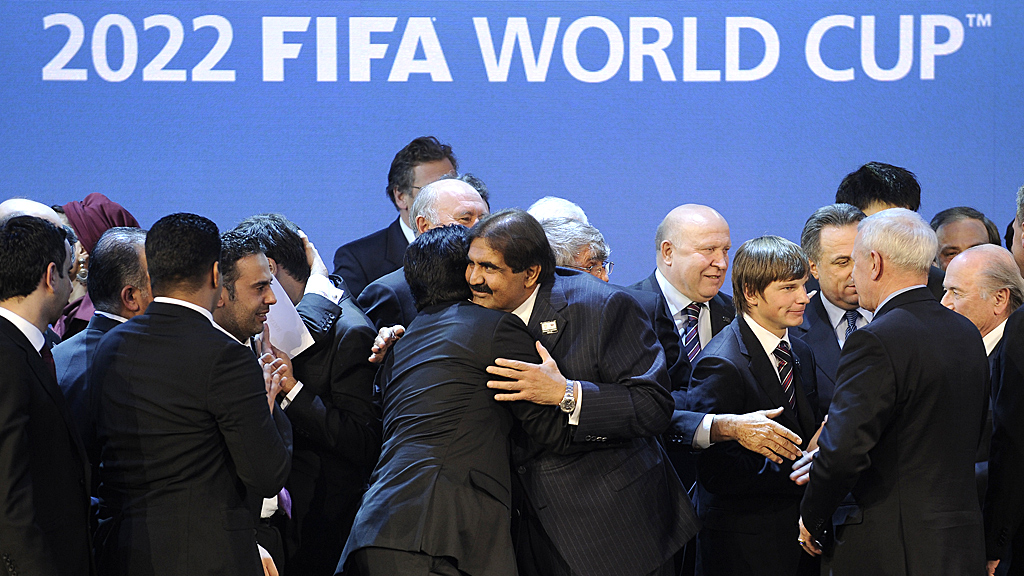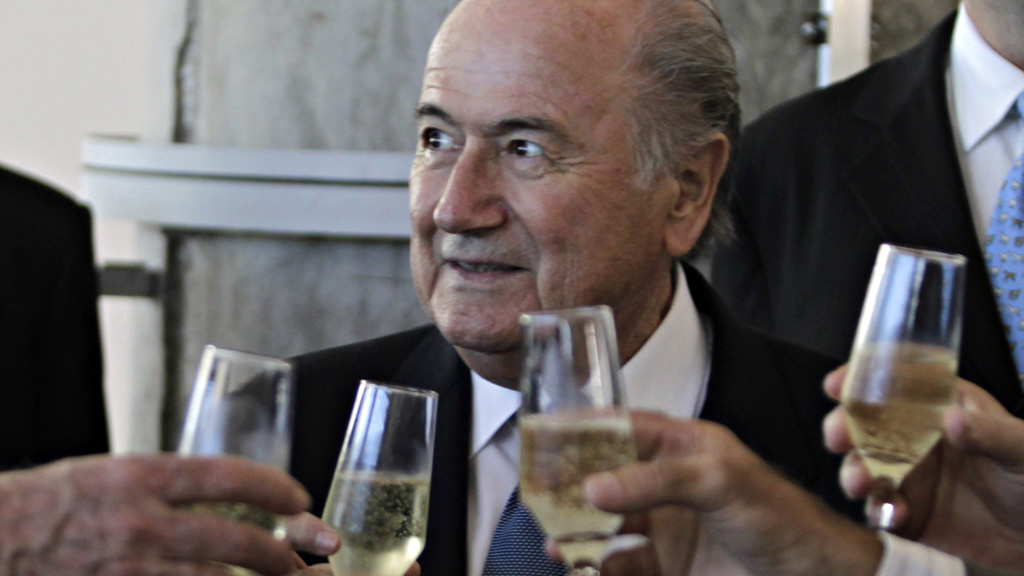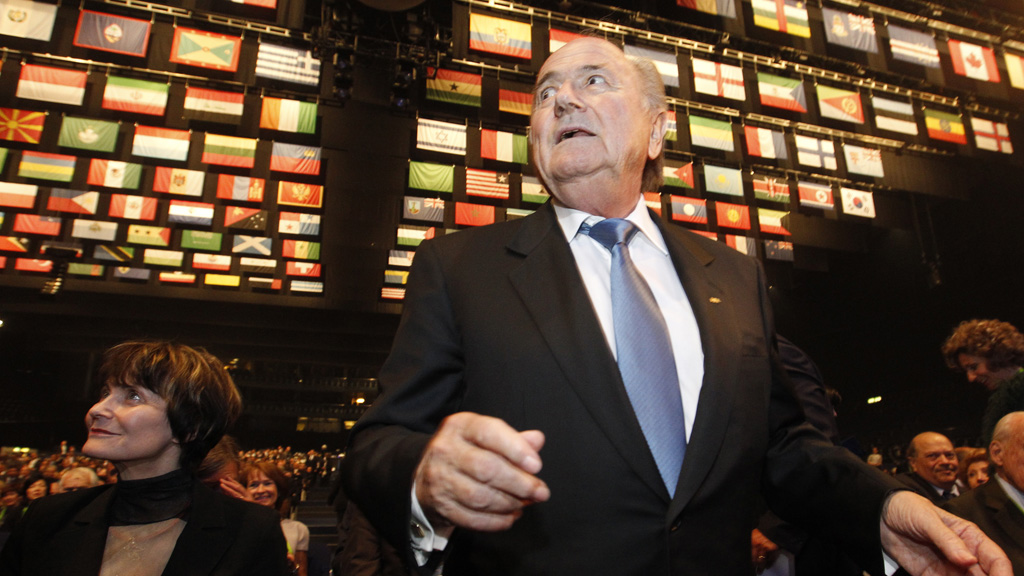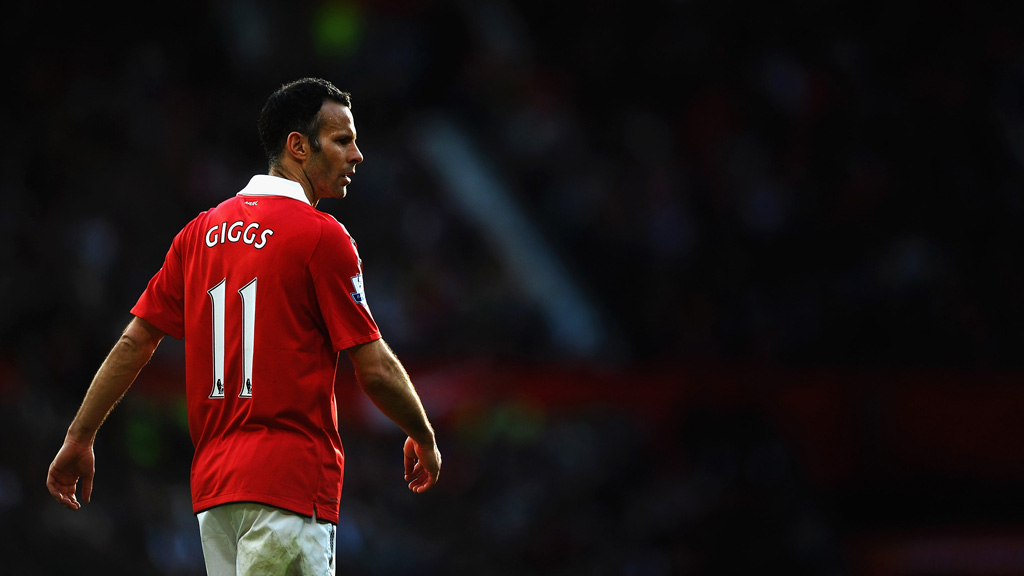Ayrton Senna: Would he have survived a crash today?
If it had happened today, Ayrton’s Senna’s crash might not have been fatal. Channel 4 News looks back at a moment that changed F1 forever, as a film about the star – Senna – arrives in UK cinemas.
When Ayrton Senna smashed into the Tamburello curve at the Imola circuit on May 1 1994, the world lost one of its most mercurial sportsmen. In his incredibly successful career he had revitalised Formula One through his dedication to one thing: speed.
On the same weekend at the San Marino Grand Prix, racegoers had witnessed the death of Roland Ratzenberger, amid a number of dangerous incidents at the race that, for the first time in 12 years, had provided a morbid reminder of motorsport’s implicit dangers.
Before the race Senna had expressed his upset at the death of his fellow driver in the qualifying session. When nurses removed the Brazilian’s overalls after the fatal crash, an Austrian flag was found tucked under Senna’s sleeve presumably intended to be waved from his cockpit in tribute to Ratzenberger after his expected victory.
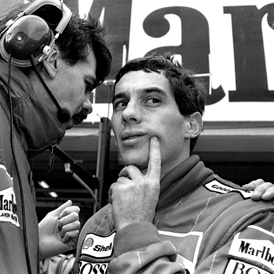
Three million people lined the streets of Sao Paolo for his funeral. Forget the football legends, TV stars and musicians, Ayrton Senna had become an icon on a par with James Dean.
The circumstances of his death, and the mystery surrounding his car’s malfunction, have been the subject of legal battles, trials and finger-pointing.
The specific cause of the crash has never been determined, yet the effect that the death of arguably Formula One’s greatest talent created an unprecedented investigation and reform of F1 safety.
We lifted him from the cockpit and laid him on the ground. As we did… I felt his soul depart at that moment. Sid Watkins, friend and F1 chief medical officer
It is almost impossible to say whether Senna would have survived the crash today. The force of the impact, at that speed, could be enough to kill anyone whatever the safety measures in place. But a number of possible causes for his death have directly led to measures that would prevent similar injury in the future.
Helmet
A piece of upright from the wheel frame penetrated Senna's helmet, and ultra-thin visor. Much stronger production and crash tests were immediately put in place. The success of this was seen in 2009 when Felipe Massa was struck by a metal spring weighing over a kilo, itself travelling at around 100mph and hitting Massa at 175mph. The Brazilian driver, who had idolised Senna as a child, escaped with a fractured skull, returning to driving in 2010. The HANS system of helmets attached to neck restraints, made up of multiple layers of cushioning and stabiling measures, was introduced in 2001 and made mandatory in 2003. It has saved lives across all areas of motorsport.
Wheels
The front wheel on Senna's car is likely to have jumped up and hit him in the face, forcing his head back and causing fatal skull fractures. Since 1999 wheels have been attached to the chassis with tethers to stop them from flying off the cars during an impact.
Wheel bracket
The wheel brackets buckled and penetrated Senna's visor on impact causing an injury above his eye that would again have been enough to kill him. The two safety measures explained above indicate how the possibility of this happening again have been reduced. A comparison of the Massa crash in 2009, Michael Schumacher's head-on collision in 1999 which broke his leg, and Senna's fatal accident in 1994 highlights the achievements of 17 years progress in safety measures.
When Senna made that final high speed exit from the race it fell to his friend and F1 safety delegate Sid Watkins to make the initial prognosis. Only hours before both he and Senna had spoken together about Ratzenberger’s death.
Watkins said: “He [Senna] looked serene. I raised his eyelids and it was clear from his pupils that he had a massive brain injury. We lifted him from the cockpit and laid him on the ground. As we did, he sighed and, although I am totally agnostic, I felt his soul depart at that moment.”
Unlike other icons, it is not his death that puts him amongst the greats; all F1 fans know that had he lived his legend would be even greater.
In life Ayrton Senna made F1 a racing spectacle like never before, in death his legacy means those who idolised him can live to emulate him too.
Other sport stories
-

FIFA crisis: Qatar ‘bought the World Cup’ says Valcke
30 May 2011
-

FIFA: The email at the centre of the scandal
31 May 2011
-

FIFA: Sepp Blatter unopposed for Presidency
01 June 2011
-

Ryan Giggs: injunction drama on the eve of greatness
23 May 2011
